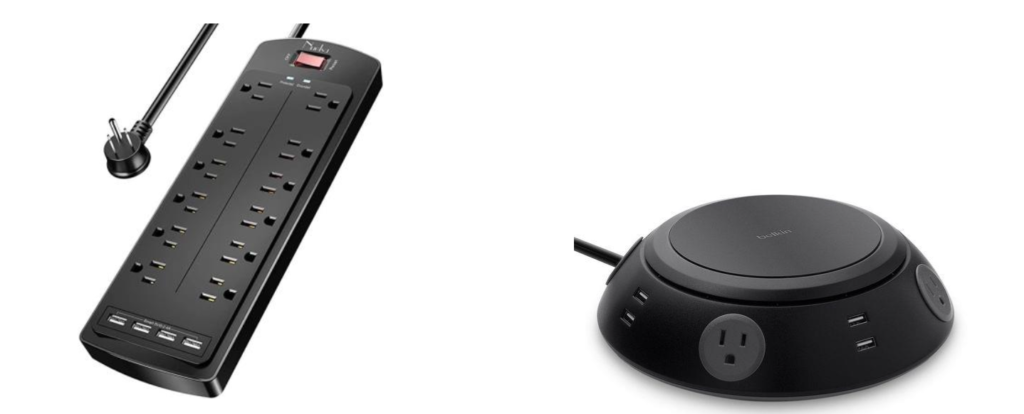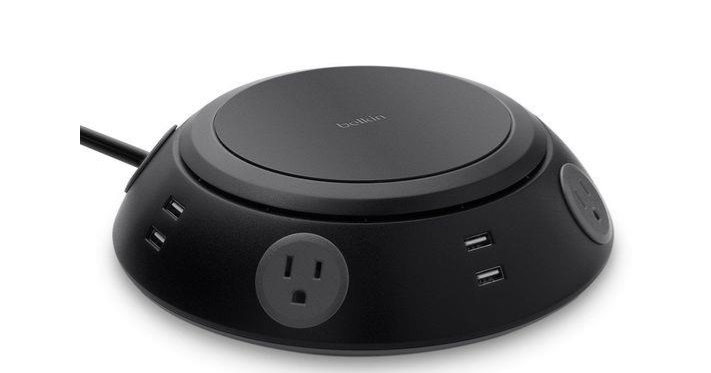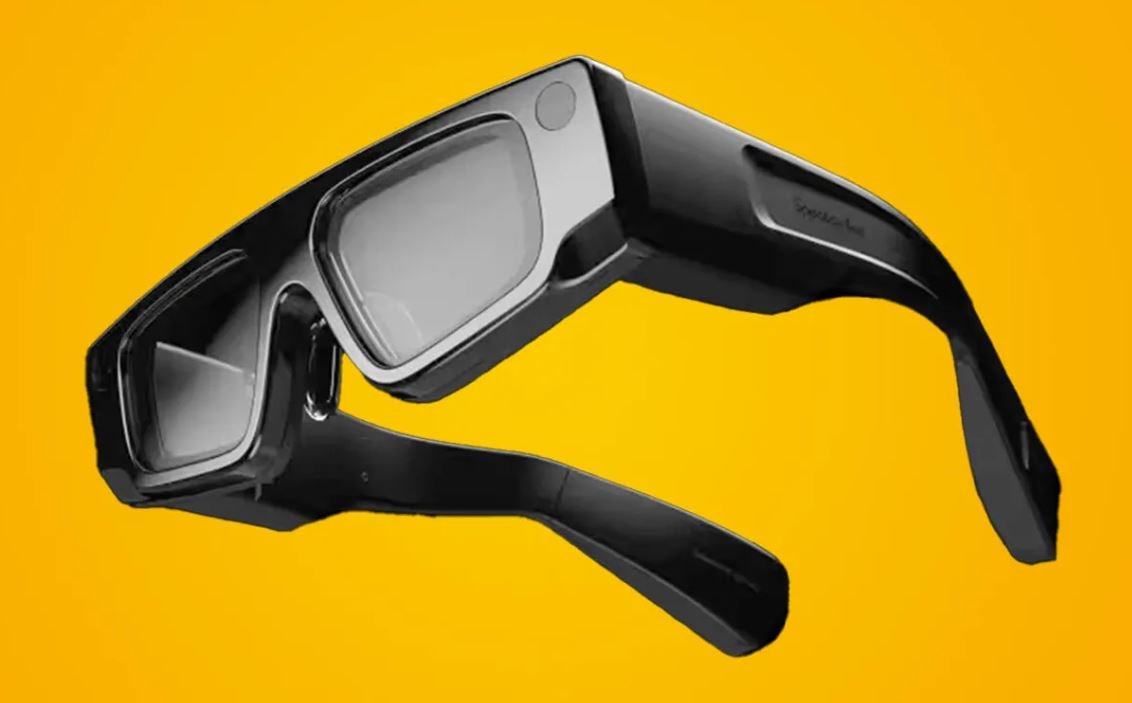“Electrify Your Knowledge: Mastering Surge Protectors to Safeguard Your Devices and Supercharge Their Longevity”

In our digitally driven age, where electronic devices are integral to our daily lives, the need to safeguard them against potential threats like power surges becomes paramount. Enter the unsung hero: the surge protector. In this article, we’ll explore what a surge protector is, why it’s crucial for electronic devices, the different types available, and tips for choosing, installing, and maintaining these guardians of our gadgets.
What is a Surge Protector?
i. Definition and Basic Function: A surge protector is a device designed to shield electronic equipment from power surges—sudden, brief spikes in voltage that can potentially damage or destroy sensitive devices.
ii. Explanation of Power Surges: Power surges can occur due to various reasons, including lightning strikes, power outages, and even the cycling on and off of high-power devices within a home or office. These surges, if left unchecked, can wreak havoc on our valuable electronic investments.
How Surge Protectors Work
i. Overview of Technology: Surge protectors operate by detecting excessive voltage and diverting the excess energy away from connected devices. They act as a barrier between the incoming power source and the devices plugged into them.
ii. Key Components and Their Roles: The key components include metal oxide varistors (MOVs) or gas discharge arresters, which absorb excess voltage, and a thermal fuse, which disconnects the surge protector in case of prolonged excess voltage.
Types of Surge Protectors
i. Power Strips vs. Dedicated Surge Protectors: While power strips offer additional outlets, they may not provide adequate surge protection. Dedicated surge protectors, on the other hand, are designed specifically to guard against power spikes.
ii. Basic vs. Advanced Surge Protection Devices: Basic surge protectors are suitable for everyday devices, while advanced surge protection devices offer higher joule ratings and additional features, making them ideal for more sensitive electronics.

Choosing the Right Surge Protector
i. Considerations for Specific Devices: When selecting a surge protector, consider the power requirements and sensitivity of the devices you intend to connect.
ii. Wattage, Voltage, and Joule Ratings: Understanding wattage, voltage, and joule ratings ensures that the surge protector can handle the electrical load and absorb sufficient energy during a surge.
Common Causes of Power Surges
i. Lightning Strikes, Power Outages, and Other Factors: Power surges can result from lightning strikes, grid switching during power outages, or the cycling on and off of high-power devices. Being aware of these causes helps in minimizing the risk.
ii. Tips on Minimizing Risk: Using lightning rods, unplugging devices during storms, and employing whole-house surge protection are effective measures to minimize the risk of power surges.
Benefits of Surge Protection
i. Protection for Valuable Electronic Equipment: Surge protectors act as a shield, safeguarding valuable electronic equipment like computers, televisions, and other sensitive devices.
ii. Potential Cost Savings: By preventing damage caused by power surges, surge protectors can potentially save users from expensive repairs or replacements of electronic devices.
Installation and Usage Tips
i. Proper Installation Guidelines: Surge protectors should be installed directly into wall outlets to ensure effective protection. Avoid daisy-chaining multiple power strips, as this can compromise their effectiveness.
ii. Best Practices for Usage: Connecting only essential devices to surge protectors, regularly checking for wear and tear, and replacing surge protectors after significant surges are best practices for effective usage.

Signs of a Failing Surge Protector
i. Indications of Replacement Need: Visible damage, flickering lights, or the inability to power on connected devices are signs that a surge protector may be failing.
ii. Importance of Regular Maintenance: Performing routine checks and replacing surge protectors after significant surges or visible damage is crucial for maintaining their effectiveness.
Recap of Key Points
In the fast-paced world of technology, surge protectors stand as silent guardians, shielding our devices from the unseen threats of power surges. Choosing the right surge protector, understanding its components, and following best practices in installation and maintenance are essential in ensuring its effectiveness.
Emphasis on the Importance
As we immerse ourselves further into the electronic age, the importance of surge protection cannot be overstated. The cost of replacing or repairing damaged devices far exceeds the investment in quality surge protectors, making them a necessity rather than a luxury.
Suggestions for Specific Surge Protector Models
Reputable brands such as APC, Belkin, and Tripp Lite offer a range of surge protectors designed to meet various needs. Models like APC SurgeArrest P11U2 and Belkin 12-Outlet PivotPlug Surge Protector are well-regarded for their reliability and performance.
In conclusion, surge protectors play a pivotal role in ensuring the longevity and functionality of our electronic devices. By understanding their function, choosing the right type, and following best practices, we empower ourselves to navigate the electronic landscape with confidence, knowing that our gadgets are shielded from the invisible threats that lurk within the power grid.
Also Read –
- Advantages of USB Phone Chargers
- How Wireless Chargers Work?
- How to Choose a Yoga Mat?
- Key Features of Wallet Purse Organizers
- Advantages of Travel Mugs
For New Product Reviews, Buying Guides, Visit BareFootClimb




![Snapchat Spectacles (5th Gen) [Top Features Unveiled] [2024] Snapchat Spectacles](https://barefootclimb.com/wp-content/uploads/2024/10/Snapchat-Spectacles-150x150.jpg)







One thought on “Surge Protector – Guide for a Shock-Free Digital Experience”